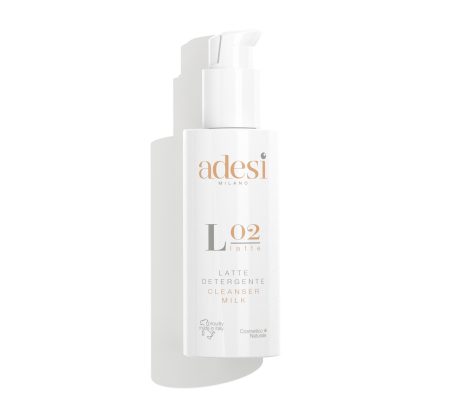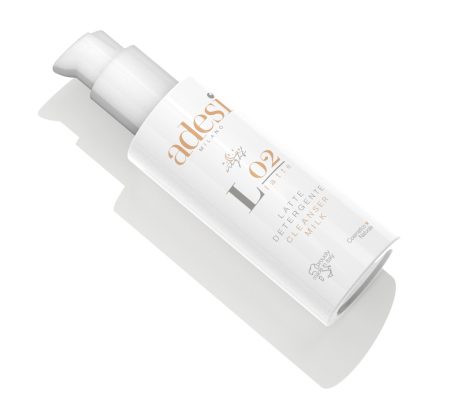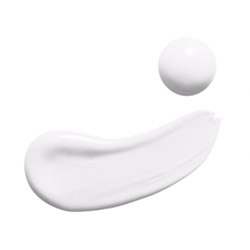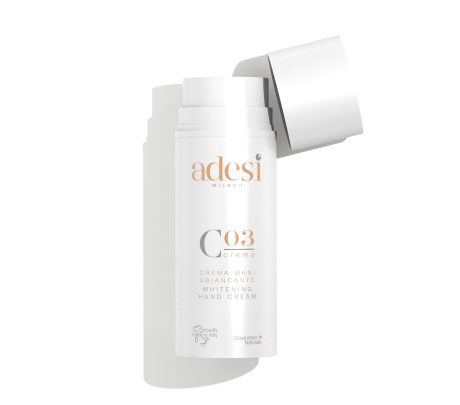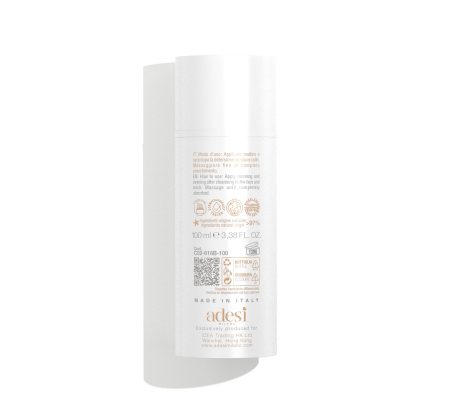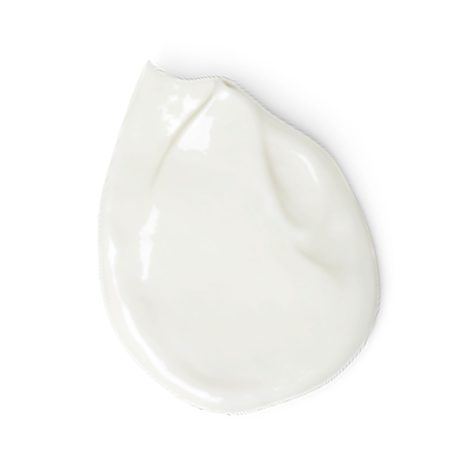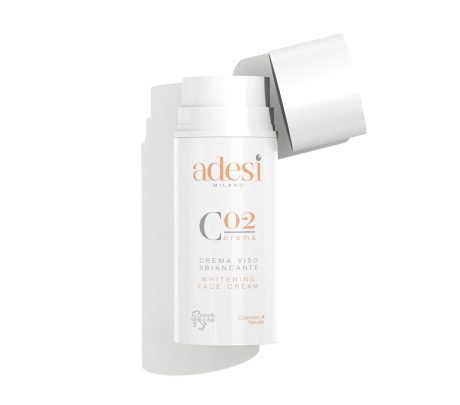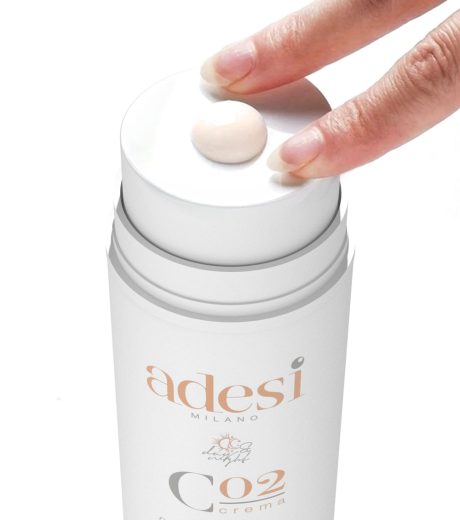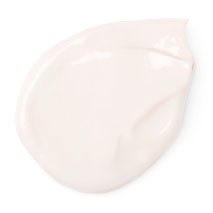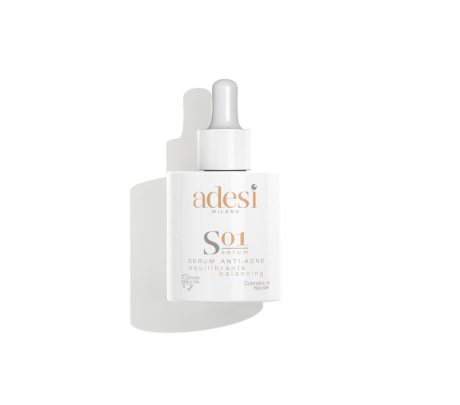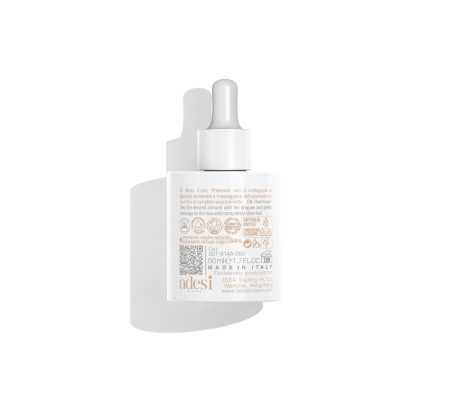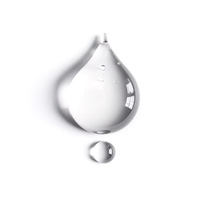Formula rich in Rice and Apricot vegetable oils for a gentle but deep cleansing of the face, eyes and lips. It effectively removes make-up, freeing the skin from all impurities and respecting the hydrolipidic film. The extracts of Jasmine and Damask Rose with a powerful antioxidant, toning and regenerating action make this milk a real beauty ritual.
Botanical extract of Damask Rose: With multiple properties, it counteracts the formation of wrinkles, moisturizes dry skin, balances combination skin, and purifies oily skin, giving a pleasant feeling of freshness.
Glycerin: humectant, moisturizing, softening
Botanical Jasmine Extract: Antioxidant, toning and healing action, leaves the skin clean, fresh, and healthy.
Rice Oil: Rich in oleic acid, linoleic acid, and Vitamin E, it has a marked anti-aging, smoothing and emollient action.
Lactil (Sodium lactate, Sodium PCA, Sodium benzoate, Inositol, Glycine, Niacinamide, Fructose, Lactic acid, Urea): is a mixture of moisturizers in aqueous solution, which mimics the action of the NMF (Natural Moisturizing Factor) of the skin. Humectant and hydro-regulatory complex that act both in the short and long term.
Botanical extracts of Euphrasia, Hyssop and Cornflower: soothing and moisturizing.
Apricot kernel oil: it is rich in essential fatty acids and vitamin E. It can help the skin maintain good hydration.
Using cleansing milk once or twice a day (preferably every evening) is generally recommended to keep the skin clean and fresh.
- Take a cotton pad or a suitable cotton disc, and dampen it with warm water.
- Remove excess water from the cotton.
- Apply a small amount of cleansing milk (about the size of a walnut) on top.
- Gently massage in circular motions, focusing on areas that are usually oily, such as the nose, chin, and forehead.
- Rinse your face with warm water, preferably at room temperature.
Ingredients:
Aqua [Water] (Eau), Glycerin, Oryza sativa (Rice) bran oil, Prunus armeniaca (Apricot) kernel oil, Dicaprylyl ether, Cetearyl alcohol, Ethylhexyl palmitate, Hyssopus officinalis herb extract, Rosmarinus officinalis (Rosemary) leaf water, Euphrasia officinalis flower/leaf/stem water, Centaurea cyanus flower water, Chamomilla recutita (Matricaria) flower water, Sodium PCA, Jasminum officinale flower extract | Jasmine Oil / Extract [Jasminum officinale (Jasmine) flower extract], Rosa damascena flower extract | Rose flower oil/extract (*) [Rosa damascena flower extract (*)], Urea, Fructose, Glycine, Inositol, Niacinamide, Sodium lactate, Sodium cetearyl sulfate, Phenoxyethanol, Lauryl glucoside, Xanthan gum, Sodium levulinate, Polyglyceryl-2 dipolyhydroxystearate, Sodium anisate, Parfum [Fragrance], Lactic acid, Linalool, Hexyl cinnamal, Sodium benzoate.
